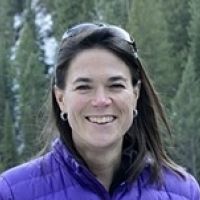Lohse et al., 2020
Soil Signals Tell of Landscape Disturbances
Lohse, K.A., Billings, S.A., DiBiase, R.A., Kumar, P., Berhe, A.A., and Kaye, J. (2020)
Eos
-
Reynolds, INVESTIGATOR
-
Calhoun, INVESTIGATOR
-
Shale Hills, INVESTIGATOR
-
IML, INVESTIGATOR
-
Sierra, INVESTIGATOR
-
Shale Hills, INVESTIGATOR
Abstract
We live in the Anthropocene, a time when the intensity and frequency of disturbances to Earth’s ecosystems are increasing as humanity’s footprint grows and the climate changes. The impacts of some disturbances, like land use changes for agriculture, can persist over decades to centuries and thus represent persistent, or press, disturbances. Some, like floods and fires, occur naturally as short-term pulses. Regardless of duration, all of these events can strongly affect Earth’s critical zone, the thin layer of vegetation, soil, rock, and water in which nearly all the planet’s terrestrial life lives.
Citation
Lohse, K.A., Billings, S.A., DiBiase, R.A., Kumar, P., Berhe, A.A., and Kaye, J. (2020): Soil Signals Tell of Landscape Disturbances. Eos. DOI: 10.1029/2020EO148736
 This Paper/Book acknowledges NSF CZO grant support.
This Paper/Book acknowledges NSF CZO grant support.
Explore Further






